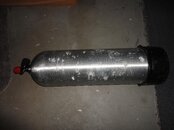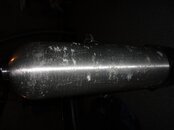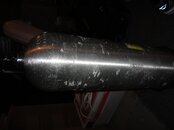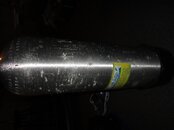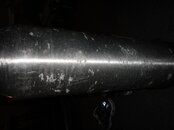al248005
Contributor
I just picked this tank up for $15. It has a current viz good through this time next year and the hydro still has 2 yrs left. Not being fimiliar with how the actual process goes for viz inspection do you think this would pass another years inspection when it comes up for next time? Heres some pics of the corrosion taking place. Is there anything that can be done to help slow down the amount of corrosion taking place??



